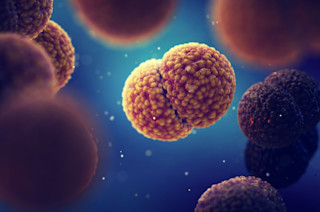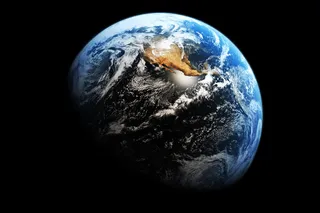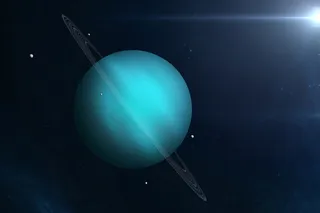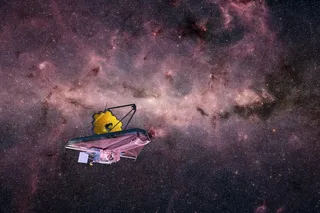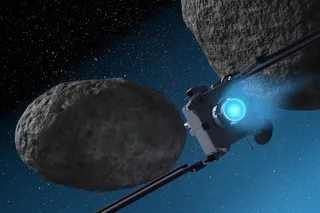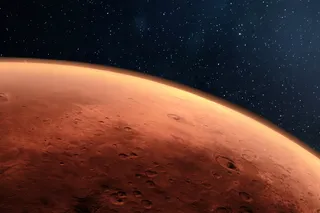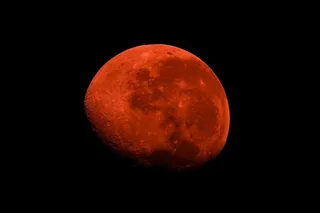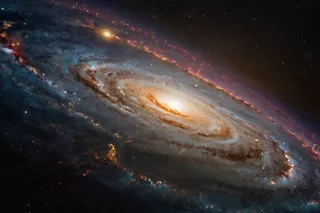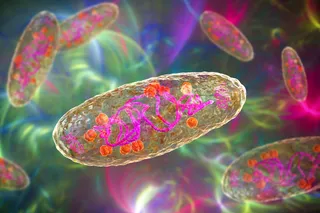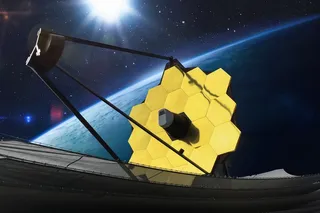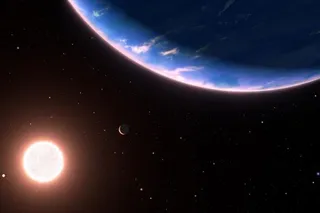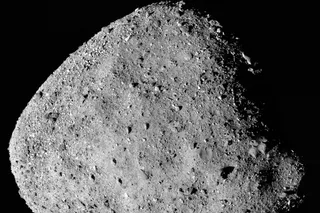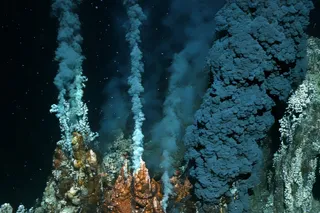In May 2023, Chinese astronauts swabbed several surfaces of their space station Tiangong (Mandarin for "Heavenly Place"), then sent the samples back to Earth for analysis.
The results are now in: the sample contained one bacterium never before seen, according to a report in the International Journal of Systemic and Evolutionary Microbiology.
New Bacteria in Space Station
The samples were taken, according to the paper, to help keep astronauts healthy in subsequent missions. “Understanding the characteristics of microbes during long-term space missions is essential for safeguarding the health of astronauts and maintaining the functionality of spacecraft,” according to the paper.
There are multiple plausible explanations for both the bacteria’s presence and novelty. It could have hitch-hiked with the astronauts and remained more or less the same (although thousands have been identified, there are potentially billions of unknown bacterium on our planet). It could have taken that same route, but mutated and evolved. Or it could be a strain only found in space.
Bacteria Similarities and Abilities
To get a better picture of the possibilities, it might be best to parse the knowns from the unknowns. First, and perhaps most importantly, it is not completely novel. The bacteria shares enough genetic similarities (two significant stretches of DNA match or are conserved) with Niallia circulans for it to be considered the same genus. Therefore, the authors named it Niallia tiangongensis.
Its general appearance also doesn’t appear to be completely out of this world. The paper described it as an “[…] aerobic, spore-forming, rod-shaped strain.”
It does appear to have some interesting abilities, though. According to the paper, it shows “a unique ability to hydrolyse gelatin.” This means it can break down some compounds and add components of water to them, perhaps as a way to feed themselves in an environment with little available food.
Read More: Electricity-Conducting Bacteria Could Help Advance Environmental Cleanup
Adaptations to Space
Differences in two proteins that resemble those in its cousin hint that it has evolved enhanced abilities to protect itself from some conditions specific to space. Those include tools to create a biofilm it could perhaps hide beneath, and the means to repair damage from radiation, among other abilities.
Its terrestrial cousin has one concerning ability. It can cause infection — even sepsis. Knowing whether N. tiangongensis can do the same, and if so, at what level, will likely be the subject of further investigation, since such understanding is a key part of the China Space Station Habitation Area Microbiome Program (CHAMP) that led to its collection, return, and analysis.
Read More: The International Space Station May be Too Clean - But These Microbes Could Help
Article Sources
Our writers at Discovermagazine.com use peer-reviewed studies and high-quality sources for our articles, and our editors review for scientific accuracy and editorial standards. Review the sources used below for this article:
International Journal of Systemic and Evolutionary Microbiology. Niallia tiangongensis sp. nov., isolated from the China Space Station


